A wine making monastery, an ancient city and the charming town of Midyat
Lots to see and experience on day two and three of our trip to Mardin and Midyat.
Hey there,
Here’s the second part of the traveller’s letter from my trip to Mardin and Midyat – or ancient northern Mesopotamia, if you like. It certainly felt like a trip to a different time as much as a different place. This week covers two days on the road outside Mardin itself. If you enjoy it, please feel free to hit the heart button or share it!
For the best reading experience, you may want to read this on the website rather than the email by clicking the title above. The website version includes clickable galleries.
In next week’s free newsletter, you’ll get a classic Turkish recipe hailing from somewhere near the Turkish/Syrian border – and the folk tale behind it.
Paying subscribers will, of course, get another bonus recipe before that.
With all best wishes from Istanbul,
Vidar
—
PS! If you missed part 1 of this trip, you can find it here:
We start our day at another medresa, this one just outside Mardin. The Kasimiye Medresa is a late Artuquid building. So late, in fact, that its construction was halted by a Mongol invasion. As a result, it took more than a century to complete.
Its architectural style and composition is very similar to the medresa we saw the day before, in the old town. But the setting being rural, it feels altogether more peaceful, and well worth a visit.

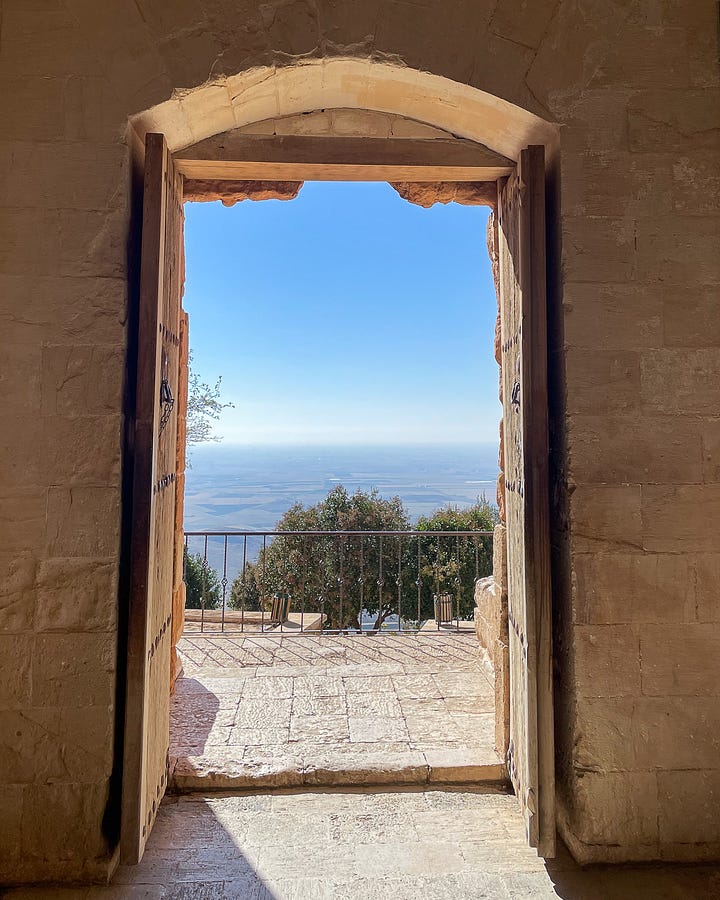
As we leave, we give a couple a hike towards Mardin. They don’t want to abandon the spot for their van, they say, but I suspect they were rather more worried about police controls with breathalysers. They’re friendly, having apparently driven here all the way from Spain.
We drop them off at the entrance to the old city and continue onwards to a very different – and much older – sight.
The ancient city of Dara
Dara is essentially the last stop on the Turkish side before hitting the Syrian border. Also known as Anastasiopolis, it’s an ancient settlement that rose to prominence under the Romans, for whom it was a strategic Eastern fortress city in the 6th and 7th century. After being conquered by Arabs in 639, the city declined and was abandoned.
A few years ago, archeological excavations started revealing the life here of 15 centuries ago. They’re still in their infancy of uncovering this great, old town, and only the necropolis (cemetery) is currently open to the public. A local village boy offers to show us around.
It’s an unusual sight, with caved chambers appearing everywhere around us. This is where the 6th century inhabitants buried their dead, believing in rebirth out of the rocks, pagan traditions they upheld even after converting to Christianity.
The most striking and unusual bit awaits us at the end of the small valley that makes up the necropolis. A large, three story chamber, complete with a gallery to walk around. During the excavations, they found a large number of human bones here, apparently collected and brought to this grave in the hope of bringing about resurrection.
Inside the chambers, a huge chimney-like hole above us brings light from outside. These pagan connections between light, nature and resurrection were combined with depictions of Jesus Christ at the entrance of the tomb. A truly unique perspective on death and religion.
I’d like to come back here in a decade or two, when further excavations are complete, and we can get a better picture of life in this settlement in its peak century.
The Saffron monastery and Syriac (Assyrian) wine
We head back towards Mardin, but have one more stop on the way. The Mor Hananyo Monastery (Deyrulzafaran Manastırı in Turkish) is one of the most important Syriac Orthodox monasteries. It’s a beautiful sight, surely worth its nickname of the Saffron Monastery. It’s built on the site of a 4,500 year-old temple, something we’ll soon find out the significance of.
We join a guided tour, and before long find ourselves walking down a set of narrow stairs and into a sort of basement. The room has a small window on its Eastern wall, as is typical of Mesopotamian temples dedicated to the sun god Shamash, but our guide directs our attention to the ceiling. It’s dark and composed of large rocks. This is likely the original temple and may be more than 4,000 years old.
The roof’s been built using an ancient technique, where they basically filled the room-to-be with soil, then placed stones at a slight angle from either side before removing the soil below. The tension between the stones is all that holds it together. 4,500 years later, it’s still there. Now with an entire monastery on top.
As we exit, there are two shops. One is your typical book and souvenir shop. The other, a wine shop. If a wine shop in a monastery in Turkey sounds odd to you, this links back to the Syriac wine shops I mentioned last week.
Archeologists have found wine grapes in this region that are at least 7,000 years old. Some historians and archeologists believe it’s here, in ancient Northern Mesopotamia, that winemaking began. Assyrian wine is considered the oldest wine in the world, and the Assyrians of the region have kept the traditions alive. The monasteries have played a crucial role in this.
The wine is actually quite good, if a little different. It comes in both regular, semi sweet and sweet versions. We buy a few bottles of a couple of different red wines. We’re travelling light, but they conveniently offer to ship our bottles for us, so we don’t need to worry about the plane back.
The charming town of Midyat
For our final day, we make a longer trek eastwards, to the town of Midyat. Originally a Syriac Christian town, Aramaic was the main spoken language here as late as the early 20th century. Most Assyrians have since emigrated, and Midyat is now primarily inhabited by Kurds and Arabs.
As we wonder where to park the car, we get doubly lucky. First, a safe looking and very central parking space. Then, as we scratch our heads trying to decide where to go, a woman walks past and resolves the question for us. She invites us to enter the small house we’re standing right in front of. It’s a small, cozy very home made museum of sorts. It wouldn’t look out of place in a Harry Potter film.
In one room, trays, spoons and other old kitchen and bathroom artefacts are hung up on the wall amid a colourful carpet. There’s a lot of embroidery, too. In another, a stove in the middle of the room keeps everyone warm (including, of course, a cat in the warmest spot). People come and go, having tea, biscuits, moving on. On the walls, more artefacts, and a cabinet full of old books.


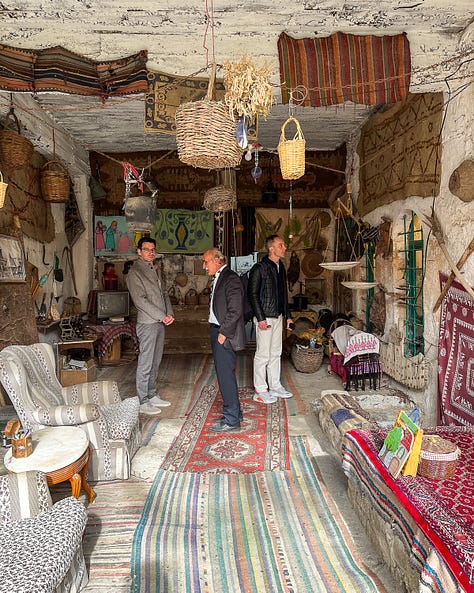


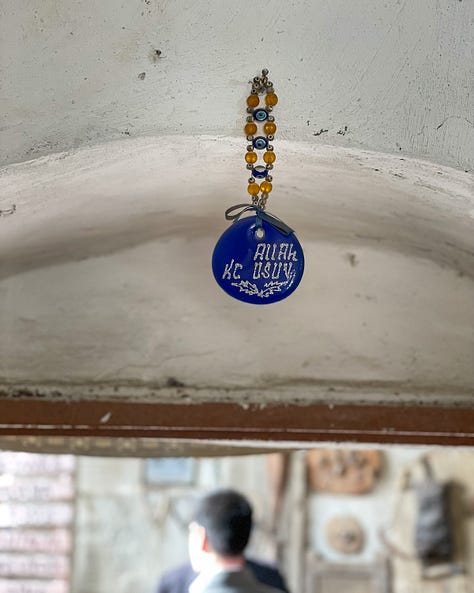
The resident collector is a man dressed in a suit and tie, with a personality as colourful as his patterned tie. His name is Abdülmecit Akgül, a local author who’s published a range of works, including children’s books, poems and novels. He gets interested in my work, too, and wants to send me some local recipes. I’m not sure there was anything much to report back on from his museum objects, but it was a wonderful and warm experience in its own right, and one I’ll always remember from this trip.
We get some tips for exploring the town, and go for a walk amidst the beautiful architecture that Midyat’s famous for. Many of the buildings still belong to Christian families who have long since moved to Europe, and are mostly left empty. They are, however, well preserved.



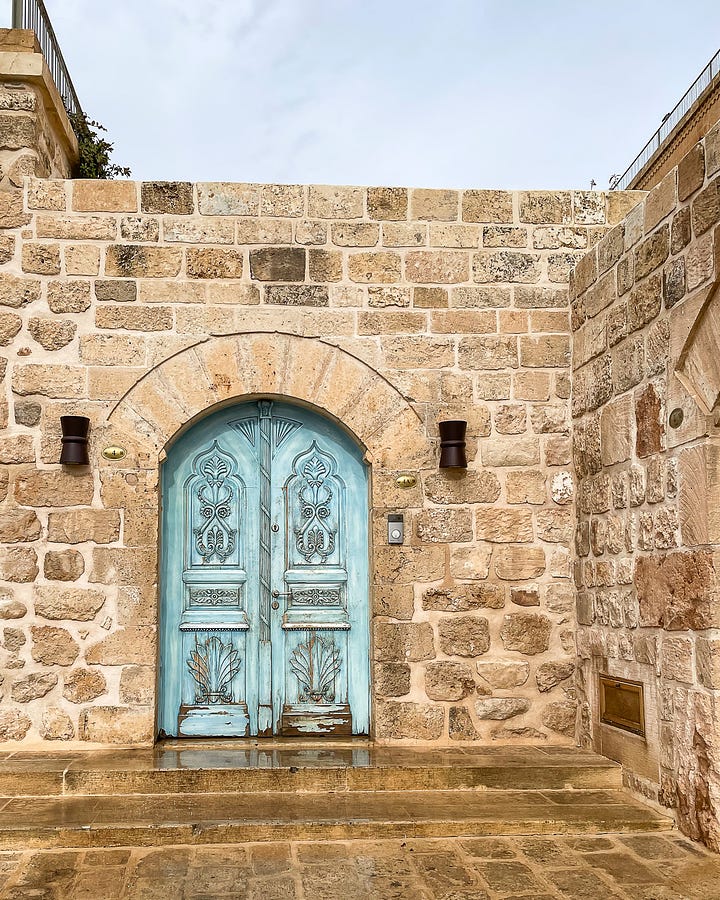
We’re nearly alone as we make our way through the streets, until a local boy and his toddler brother comes up and offers to show us around. He takes us to Midyat Konukevi, a large building with beautiful views of the city. We take a few pictures and enjoy the historic view in front of us, imagining what would have taken place here, in what was once the capital of the Tur Abdin region, the heart of the Syriac Christian community.
We ask our new friend if he has any recommendations for local food, and he soon guides us to a restaurant in a beautiful courtyard. We thank him with a handsome tip and enjoy the best we had of local cuisine on this trip.
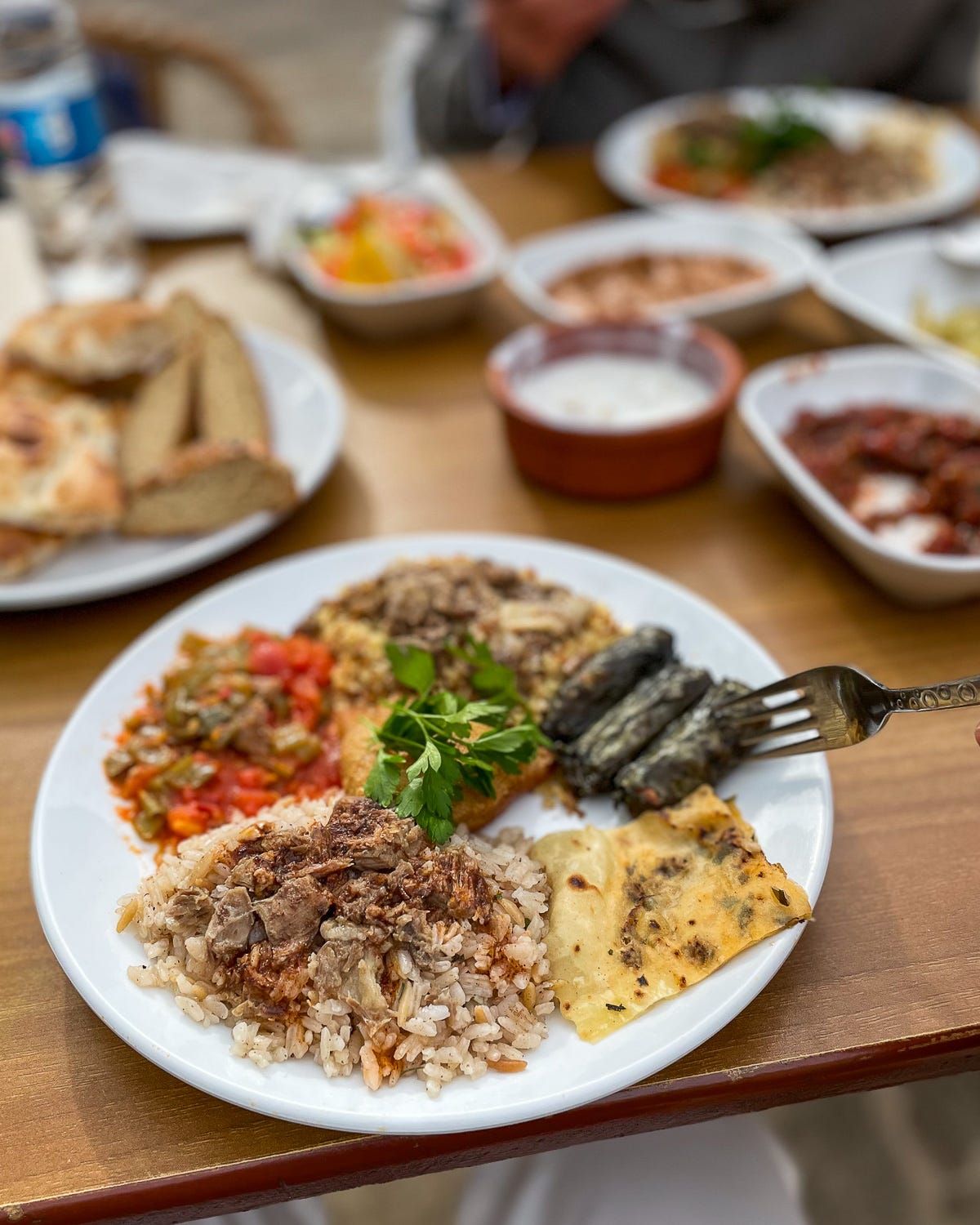
The oldest surviving Syriac Monastery
You’d have thought we’d had enough of ancient Christian history for a while, but there’s one more stop before we head home. The Mor Gabriel Monastery is nothing less than the oldest surviving Syriac Monastery. It was founded in 397, and has been in operation since, broken only by short periods of occupation.
At the peak of its prominence, the monastery was supported by a number of Roman emperors. In more recent times, it’s had its disputes with Turkish authorities, but, for now at least, it remains the most important institution for keeping Syriac Orthodox traditions alive.
The monastery currently hosts around 15 nuns and two monks. It’s a breathtakingly beautiful and well kept building. A guide takes us (as well as a large number of other visitors) around, but I spend most of my time just looking at the various parts of the building. I leave you with a few pictures to give you an impression.






🔜 SOON Coming Friday for paying subscribers
Beetroot salad with lentils, feta & almonds
This recipe isn’t particularly relevant to the trip, but does feature some flavourings typical of the region in the shape of pomegranate molasses and almonds. A salad that feels fresh and filling at the same time.
This is a bonus recipe for paying subscribers.





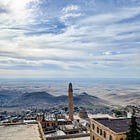

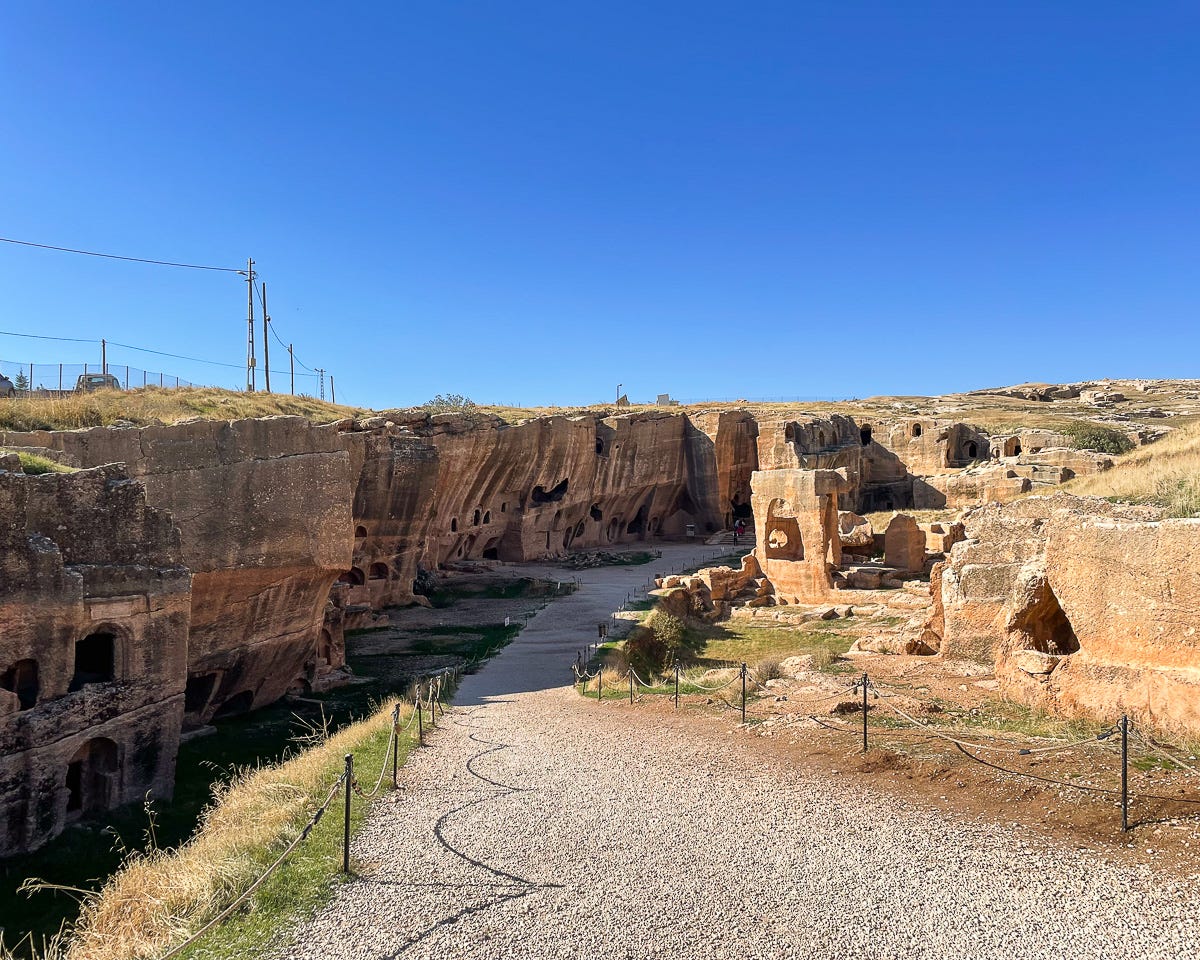

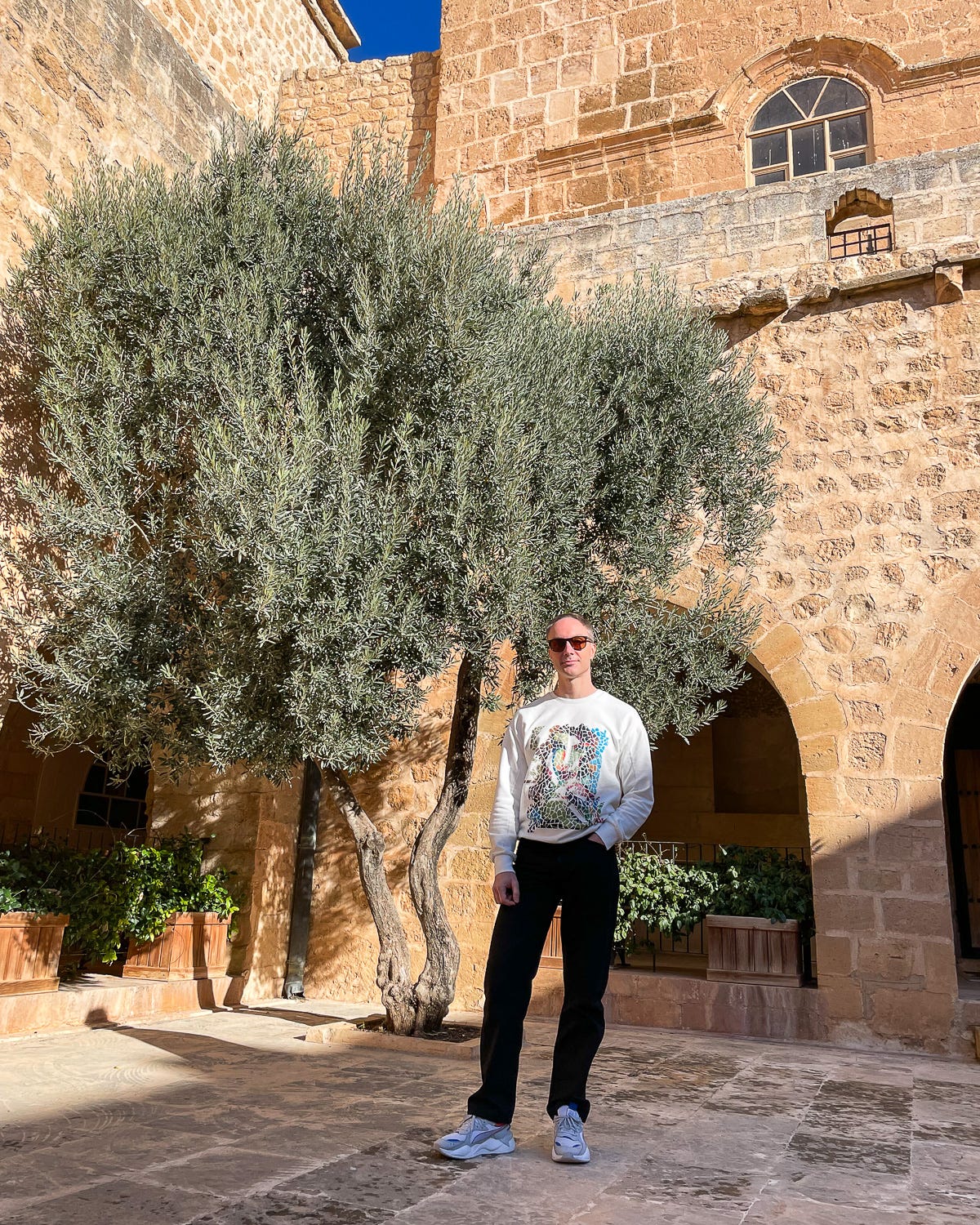
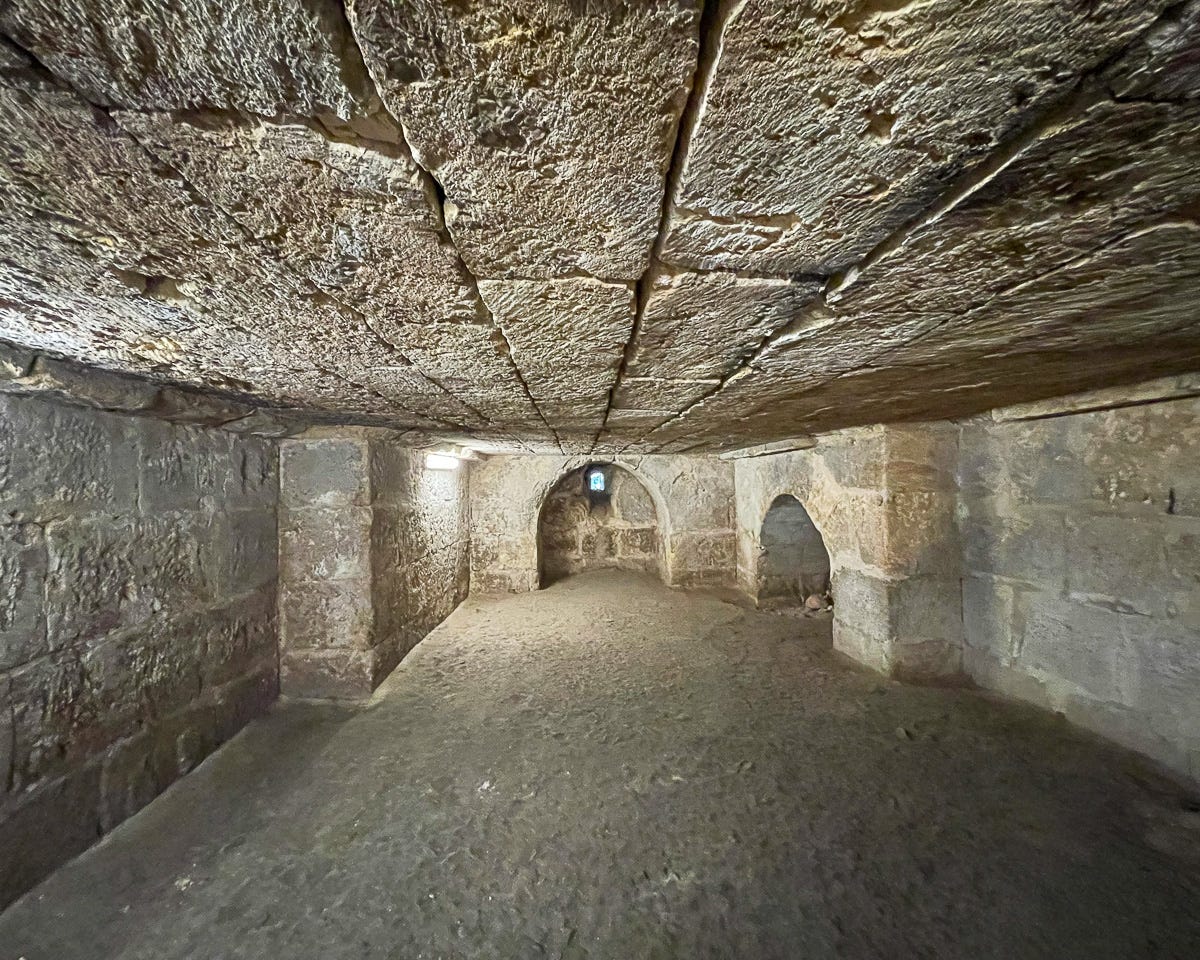



And of course I should also like to visit Vakafli in Hatay.
No signs from the earthquake? No doubt that Mardin and Mor Gabriel are on the top of my bucket list.